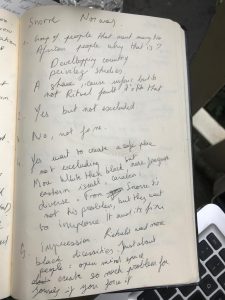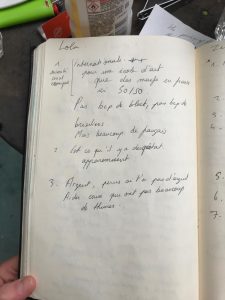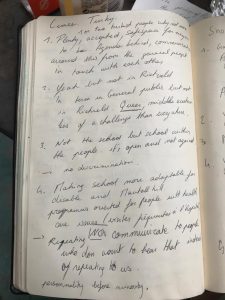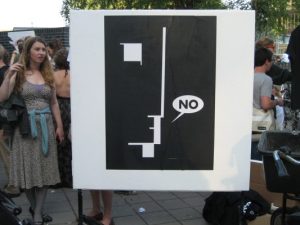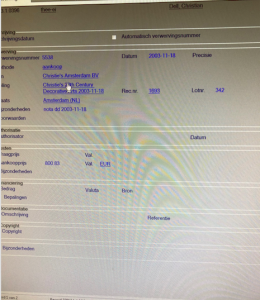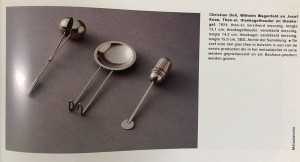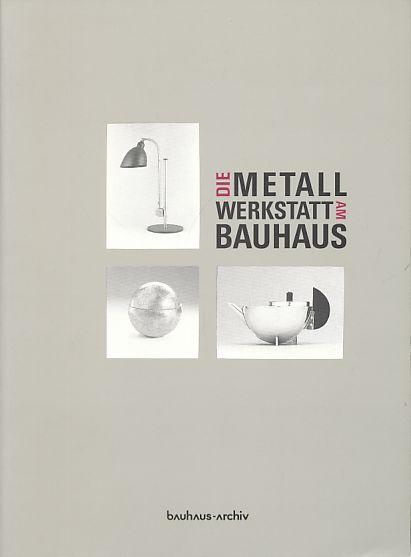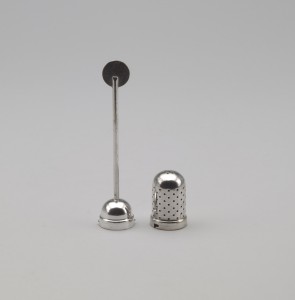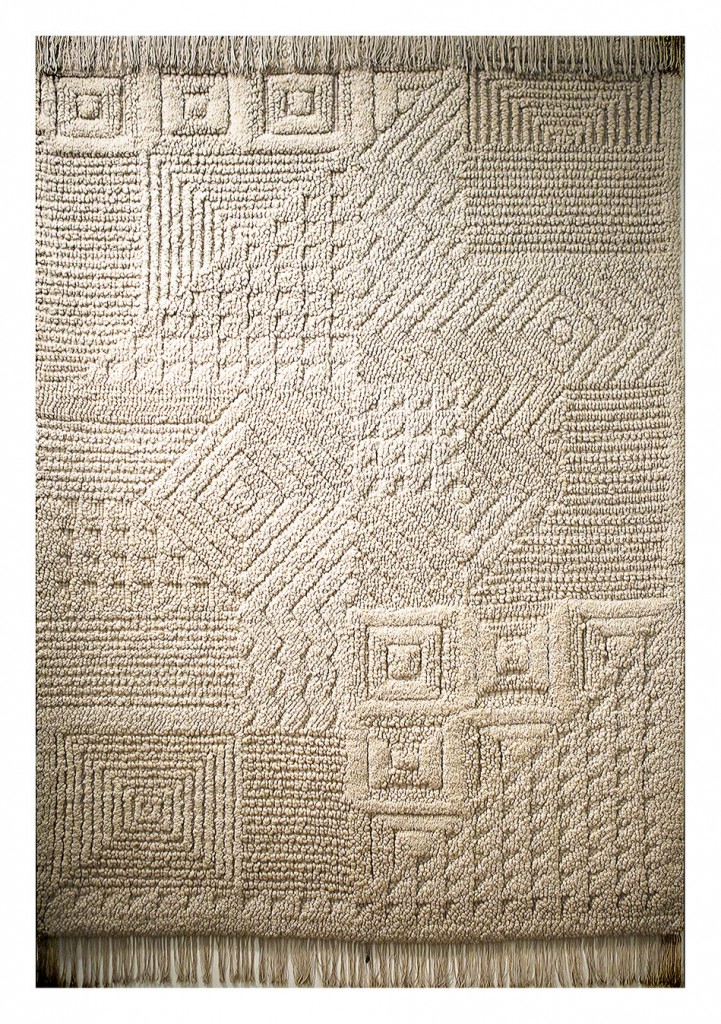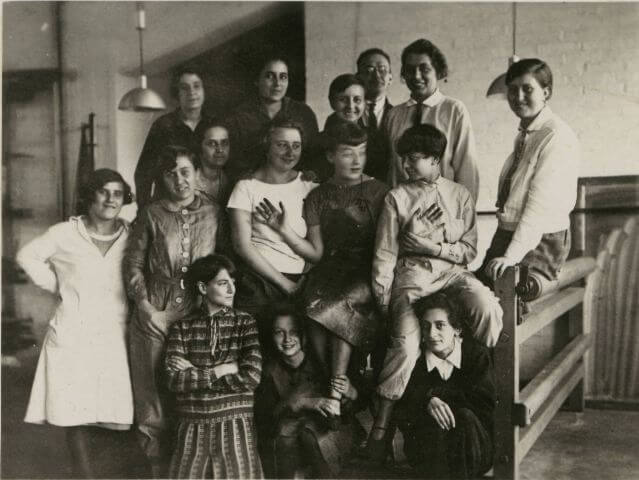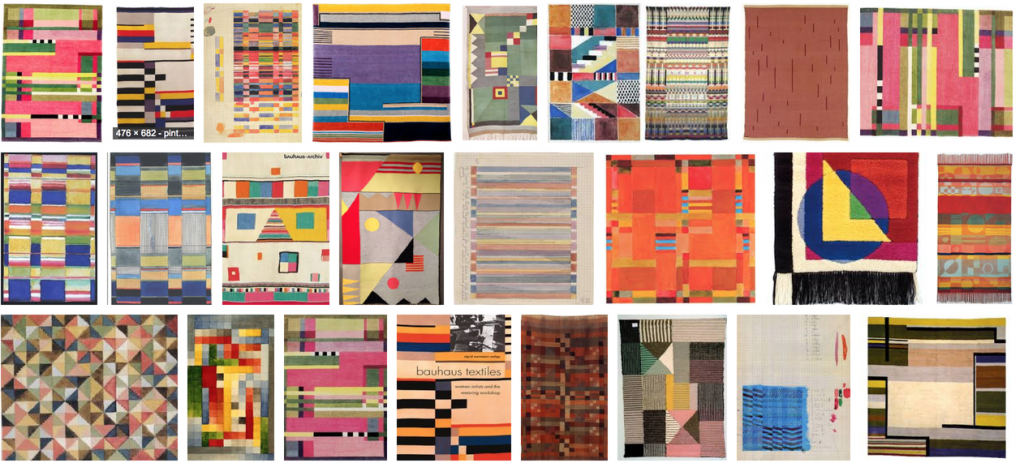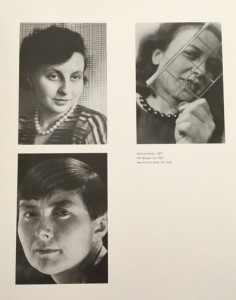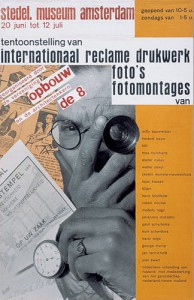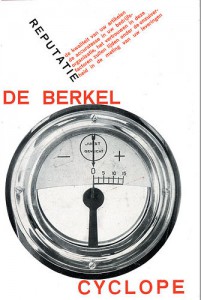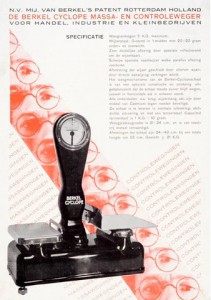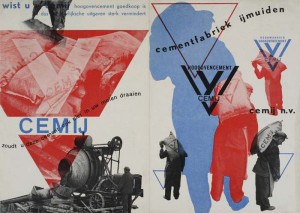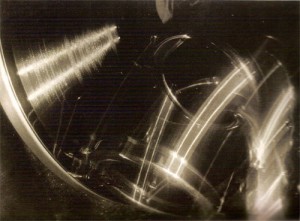Through the looking glass of Bauhaus principles, observing the elements of “poetry” and how that guides new possibilities in the making of a poem.
What inspires me to explore this idea is the incredible visuals of Bauhaus Theatre.

More spesifically HOW the concrete, minimalist and practical demeanors of Bauhaus (which in my mind have such an adult attitude!) created such extravagant, playful, toy-ish costumes that look like perhaps a child puked them out of their wild imagination!
While “the Bauhaus element” in these costumes and general aesthetic* * * is undeniably present to me, there I observe something more, almost an added element… Having read that the thinking behind the designing of these costumes is in fact by observing the performers body with a calculating attention and following its relations to the space (the stage) through its motion*, I am tempted to think this “other element” I was looking for might just be the ballet itself.
Assumption….. The designs of these costumes are just materialization of the visuals the dance draws in the viewers mind-eye. The dance is numerous invisible lines and shapes drawn in time with the tool of the body… Perhaps!
Hypothesis:————————————————
Bauhaus building within an existing art form alters its outcome.
So It makes me Wonder. How would it apply to poetry? With letters and words as form and rhythm and sound as dance, the paper as the stage. I found myself wondering this more so than other mediums mainly because I haven’t seen it attempted.
Starting… Concrete, anew.
A concrete definition: Poetry is a form of literature that uses aesthetic and rhythmic qualities of language to evoke a concentrated imaginative awareness of experience or a specific emotional response.
Here is a new world, with its new forms and movements, sensations and images, to build a new Bauhaus in and of it. I will attempt to look at some elements of poetry and seek new possibilities in its design, looking at it through the 5 characteristics of the Bauhaus design.
1=Form Follows Function
It means that in design, a form should always be applied because of its function instead of its aesthetic appeal. “Utility came first and excessive ornamentation was avoided.” The thing is that this principle seems to shift slightly when applied to an already existing art form like dance, or poetry, as the means of actions in these are the adornments themselves. So, thinking of function for aesthetic, rhythm, imagination and emotion (and so on…) is altogether a different approach. Function in this case, I imagine, would be to ease and support the already existing or suggested communication of forms and elements -in the case of poetry, for example,——: All aspects must serve to communicate/highlight the emotion/mental picture/phonesthetic situation.
Letters (uppercase, capital;size;font;color;bold-italic…so on.), Words, Gaps, Marks, etc. + the plane the poem will be viewed on should be used for this, courageously.
2=True Materials
According to the teachers at Bauhaus, materials should reflect the true nature of objects and buildings.
This to me, follows up to the previous case. What are the true materials of text, literature and what are their functions? These are not meant to be hidden, but even highlighted to show their functions thus exaggerating and complementing the existing literary pleasure.
In Bauhaus Theater we see the stage too, is designed in such a way that it holds hands with the costumes designed to exist with it, so the form and its space exist as one self-complimentary relation. I believe this relation is somewhat weak in the current poetry. There is perhaps much to do to enrich our poems by putting more thought on the plane (usually the regular white paper) we present it on. I would advise seeking new possibilities on this, trying to create a more powerful relation between the elements of the poem and the presentation of it.
3=Minimalist Style
Bauhaus artists favored linear and geometrical forms, while floral or curvilinear shapes were avoided. Only line, shape and colors mattered. Anything else was unnecessary and could therefore be reduced. Therefore we should give the reader the necessary amount of words (and preferably words that are not too difficult or esoteric) and not more, as it risks tiring the emotional and phonesthical landscape. This approach also gives the poem a fresh, modern look, which is desired. It becomes open and approachable artistic experience, instead of possibly exclusionary one.
4=Gesamtkunstwerk*
Translated from German as “total work of art”,”ideal work of art”,”universal artwork”*, “synthesis of the arts”, “comprehensive artwork”, “all-embracing art form” or “total artwork”) is a work of art that makes use of all or many forms of craft and design, or strives to do so.
The poem can draw a picture as a visual form, can be sang as a song or acted as a play and so on… all this is desired and should be attempted.
*The concept of language makes this difficult as many languages used for poetry cannot be called Universal, but I believe it is still quite possible to challenge this with the help of growing alternative languages, which I will go more in depth in the following.
5=Uniting art and technology
In 1923, Bauhaus organized an exhibition that shifted the Bauhaus ideology. This exhibition was called ‘Art & Technology: A New Unity’. From then on, there was a new emphasis on technology. The artists embraced the new possibilities of modern technologies, for example at the time, mass-productivity was keep in mind whilst designing a product.
In Bauhaus ballet, geometric shapes and a mathematical understanding of the dance is very apparent in the costume designs and choreography –*.
New technologies today, give us new languages for poetry to play and build with, of which I don’t see enough use. A prime example of this are the Emojis–a small digital image or icon used to express an idea or emotion. It is, by definition, quite similar to the words that we use but with an advantage of their own, being capable of much more of a universal communication than any word of any language. They are being used so often in our daily texting and us new age kids have learned to communicate so much with them so easily, and with the help of an ever growing selection of emojis available to anyone with a smartphone, I am surprised why they are not being used more creatively. I believe through emojis a new, different and straightforward literary landscape is possible and I would like to attempt it, here…
My (currently very incomplete) draft/attempt at Bauhaus Poetry::::::::::
Side-walk in the cold regular night,
I am sedated by
the surrounding objects : Moving amongst growth and shrinkage
To the pointed futurity which sits folded
in Z00Ming horizon———.
Moments pass themselves to remain
over my shoulder, behind my last step
to Reside as the Past. Behind the direction of
my opposing attention
As we speak I am Approaching
to :
the ————. needle tip…
Shapes emerge and grant me locality
The wind blows Regular
and I start takinK
The X Large stepsS
of a clown. crawl
into an ever-descending point
the buzz of everything glimmers an easy happening
thingness of the smallest spot
WiNKs at me
Everywhere is filled with stars!
Except the calming darkness of the surrounding
Tree trunks
descending...
Moving amongst growth and shrinkage
To the pointed futurity which sits folded
in Z00Ming horizon———.
Moments pass themselves to remain
over my shoulder, behind my last step
to Reside as the Past. Behind the direction of
my opposing attention
As we speak I am Approaching
to :
the ————. needle tip…
Shapes emerge and grant me locality
The wind blows Regular
and I start takinK
The X Large stepsS
of a clown. crawl
into an ever-descending point
the buzz of everything glimmers an easy happening
thingness of the smallest spot
WiNKs at me
Everywhere is filled with stars!
Except the calming darkness of the surrounding
Tree trunks
descending...



